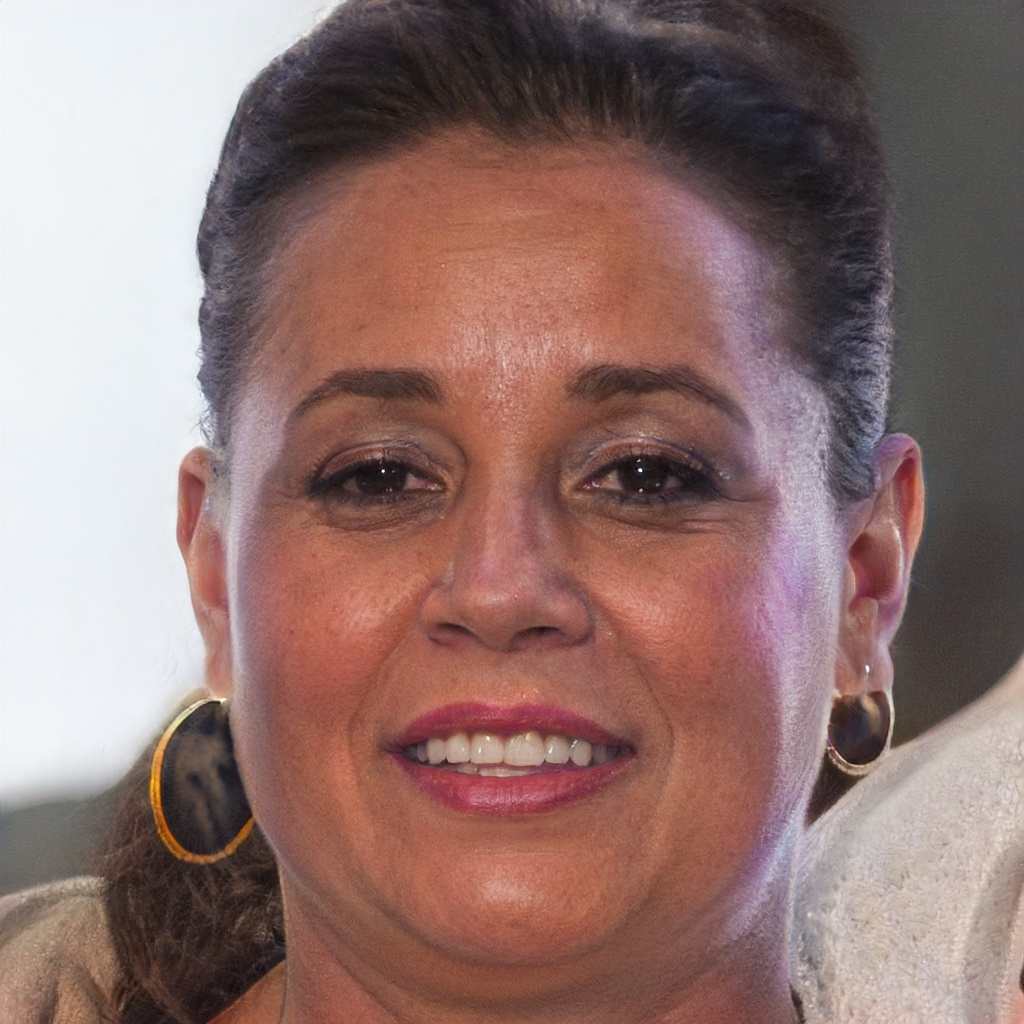Canon has released a tool that allows you to use your camera instead of a webcam. Here's how to do it and what program you need to install
Never as in this period webcams have been useful to us, but they have also shown many limitations. The webcam, no matter how good its quality, can't work miracles and doesn't always capture perfect images. Certainly not up to the level of, for example, a good digital camera.
So, why not use a digital camera as a webcam and take full advantage of its shooting quality to make a splendid impression in a videoconference? Now you can, at least if your camera is a Canon (mirrorless, DSLR or PowerShot) thanks to the utility, still in beta, Canon EOS Webcam Utility. This software is practically a driver, which allows you to use the Canon within normal video calling software. After installing EOS Webcam Utility, in fact, among the available capture devices will also be listed the Canon camera. Just select it and we can immediately use it to transmit very high quality video. Here's how to do it.
How to install and use Canon EOS Webcam Utility
Let's get one thing straight, which won't please Apple fans: Canon EOS Webcam Utility is currently only available for Windows, not macOS. On a Mac or a MacBook, therefore, at the moment it is not possible to use the Canon camera as a webcam and it is not known if it will be in the future. On Windows, instead, we'll have to download the utility from Canon's website making sure to download the right file according to our camera model. Then we'll have to install the application. At this point we have to select Movie mode on the camera and connect it via USB-C 3.0 to the computer. Non servirà fare altro: appena apriremo il nostro software di videoconferenze troveremo anche la fotocamera Canon tra i dispositivi di acquisizione disponibili in sostituzione della webcam.
Quali fotocamere Canon possono essere trasformate in webcam
L’elenco di fotocamere Canon che possiamo usare, tramite EOS Webcam Utility, in una webcam è lungo.
Tra le DSLR ci sono:
- EOS-1D X Mark II,
- EOS-1D X Mark III,
- EOS 5D Mark IV,
- EOS 5DS,
- EOS 5DS R,
- EOS 6D Mark II,
- EOS 7D Mark II,
- EOS 77D,
- EOS 80D,
- EOS 90D,
- EOS Rebel SL2,
- EOS Rebel SL3,
- EOS Rebel T6,
- EOS Rebel T6i,
- EOS Rebel T7,
- EOS Rebel T7i,
- EOS Rebel T100.
Tra le mirrorless ci sono:
- EOS M6 Mark II,
- EOS M50,
- EOS M200,
- EOS R,
- EOS RP.
Le PowerShot compatibili, invece, sono:
- PowerShot G5X Mark II,
- PowerShot G7X Mark III,
- PowerShot SX70 HS.
